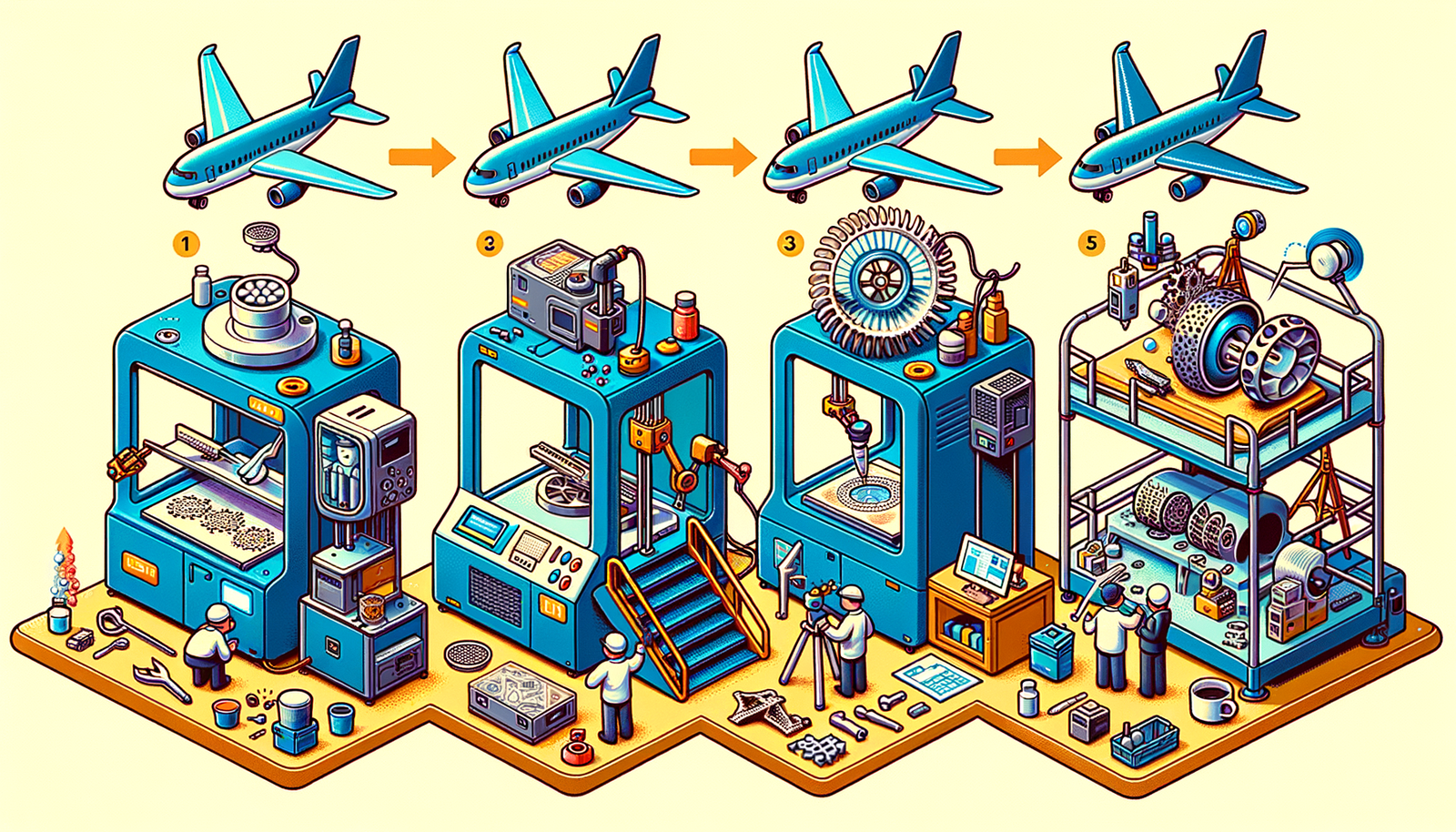Your Cart is Empty
Customer Testimonials
-
"Great customer service. The folks at Novedge were super helpful in navigating a somewhat complicated order including software upgrades and serial numbers in various stages of inactivity. They were friendly and helpful throughout the process.."
Ruben Ruckmark
"Quick & very helpful. We have been using Novedge for years and are very happy with their quick service when we need to make a purchase and excellent support resolving any issues."
Will Woodson
"Scott is the best. He reminds me about subscriptions dates, guides me in the correct direction for updates. He always responds promptly to me. He is literally the reason I continue to work with Novedge and will do so in the future."
Edward Mchugh
"Calvin Lok is “the man”. After my purchase of Sketchup 2021, he called me and provided step-by-step instructions to ease me through difficulties I was having with the setup of my new software."
Mike Borzage
Revolutionizing Design: The Impact of Algorithmic and Generative Techniques on Creativity
August 06, 2024 3 min read


Introduction to Generative Design and Algorithmic Techniques
Generative design and algorithmic techniques represent a paradigm shift in how designers approach the creative process. These methods leverage computational algorithms to generate design options based on a set of criteria and constraints, offering unprecedented efficiency and innovation in design exploration. Originating from the fields of computer science and mathematics, these techniques have gradually permeated the realms of architecture, engineering, and product design, revolutionizing the way professionals conceive and realize complex forms and structures.
The role of computational design has become increasingly significant, enabling architects and designers to explore a wider array of possibilities than traditional methods would allow. This not only enhances creativity but also optimizes functionality, sustainability, and aesthetic appeal in the final outputs.
Tools and Software for Implementing Generative Design
A multitude of software tools have emerged to facilitate the application of generative design and algorithmic techniques. These tools vary in complexity, usability, and integration capabilities with other design software, making the choice of tool an important consideration for designers.
- Autodesk Fusion 360: Offers comprehensive capabilities for CAD, CAM, and generative design within a single platform.
- Rhino3D with Grasshopper: A powerful combination for precision modeling and algorithmic design, allowing for complex form generation and data-driven design.
- Other notable mentions include Dynamo for Revit, Algorithmic Modeling with CATIA, and Tinkercad for beginners.
These tools are distinguished by their ability to enable designers to explore complex forms and structures through an intuitive visual programming interface or direct scripting. They offer a sandbox for experimentation where every parameter can be finely tuned, allowing for a detailed exploration of functional and aesthetic considerations.
Key considerations in selecting the right software include its capability to integrate with existing workflow tools, the learning curve associated with its use, and the level of community support available for troubleshooting and learning.
Real-World Applications
Generative design and algorithmic techniques have found application in a wide range of fields, each leveraging these approaches to solve unique design challenges.
Architecture
In architecture, generative design has enabled the creation of complex, organic structures that achieve a balance between aesthetic appeal and functional integrity. Computational methods allow architects to simulate environmental factors, structural loads, and material performance, optimizing the building design for sustainability and efficiency.
Engineering
Engineering fields, especially automotive and aerospace, utilize algorithmic design to create optimized components and systems. These methods aid in lightweighting, material savings, and performance enhancement, contributing to more sustainable and efficient engineering solutions.
Product Design
Product designers employ generative techniques to innovate and refine product aesthetics, ergonomics, and functionality. This approach facilitates the creation of products that are not only more appealing to consumers but also contribute positively to sustainability through material optimization and waste reduction.
The Future of Design with Algorithmic and Generative Techniques
The future of design through the lens of generative and algorithmic techniques holds promising advancements. The integration of artificial intelligence (AI) and machine learning is poised to further enhance the capability of these design methods, offering even more sophisticated tools for creativity and innovation. AI-driven design processes could potentially automate routine tasks, predict design outcomes, and generate solutions that surpass human ingenuity.
However, the integration of these advanced techniques into traditional design workflows presents challenges. Designers must acquire new skills and adapt to increasingly digital-centric design environments. Additionally, the industry must address concerns related to the ethical use of AI in design, ensuring that these technologies augment human creativity rather than replace it.
In conclusion, as the design landscape continues to evolve, embracing algorithmic and generative techniques offers designers a powerful means to stay at the forefront of innovation. By leveraging computational design, professionals can explore the boundless potential of their creativity, pushing the boundaries of what is possible in architecture, engineering, and product design.
Also in Design News

Design Software History: The Evolution of 3D Printing in Aerospace: From Prototyping to Production
November 27, 2024 7 min read
Read More
Cinema 4D Tip: Optimizing Workflow with Team Render in Cinema 4D
November 27, 2024 2 min read
Read MoreSubscribe
Sign up to get the latest on sales, new releases and more …



